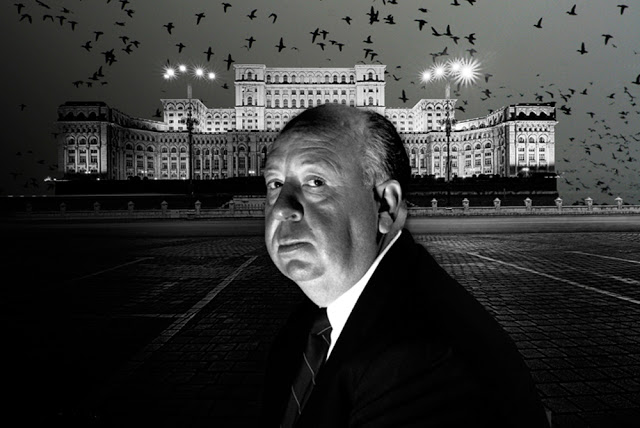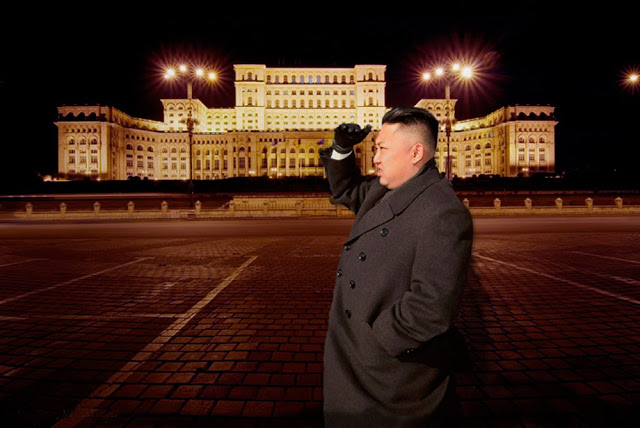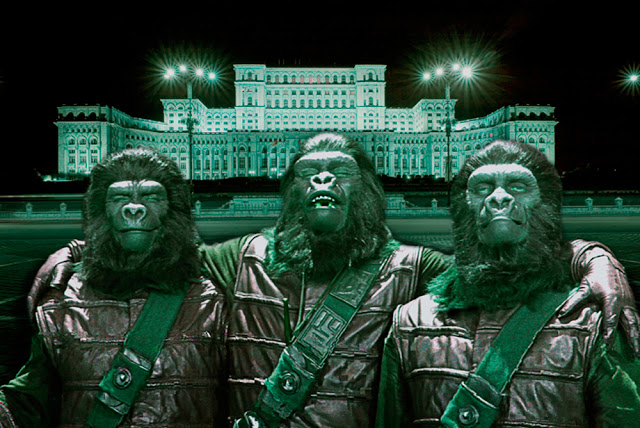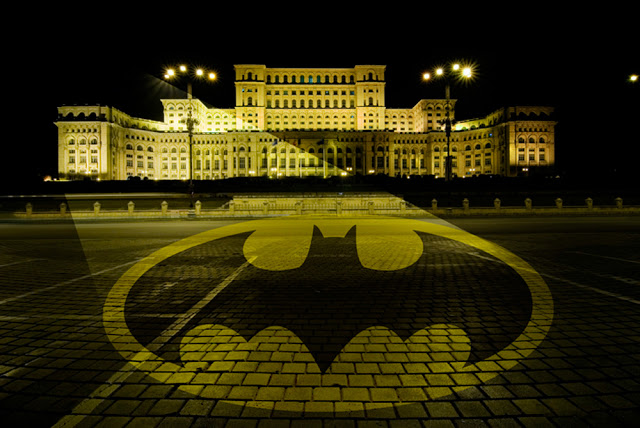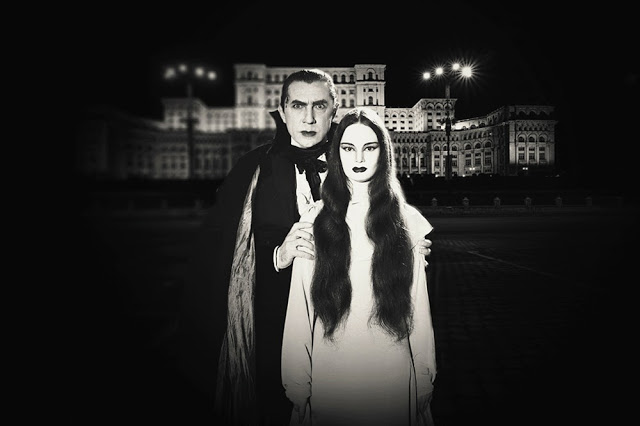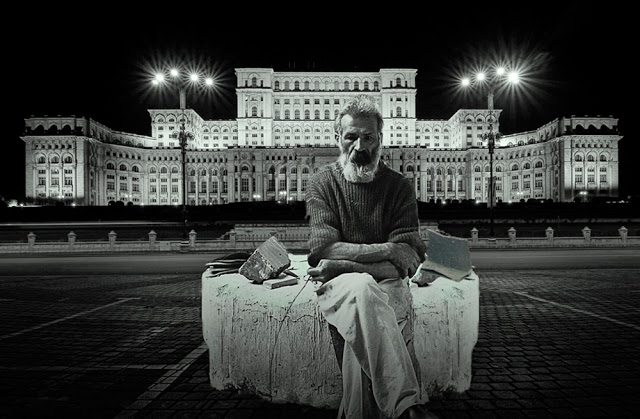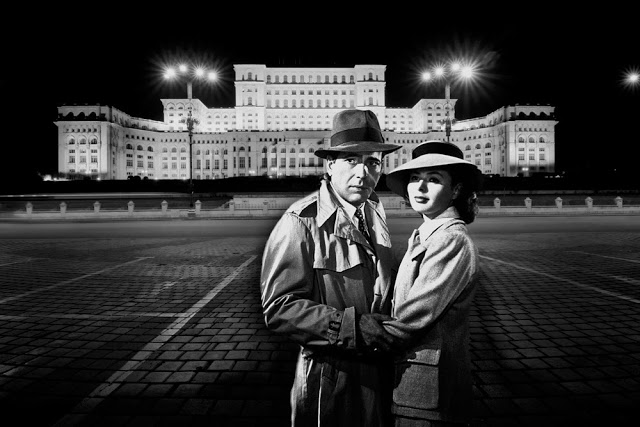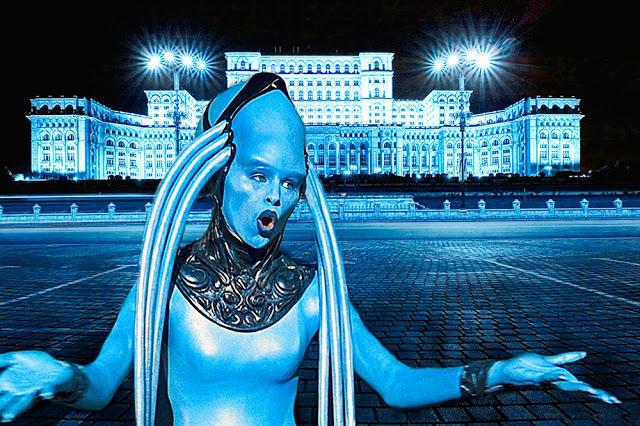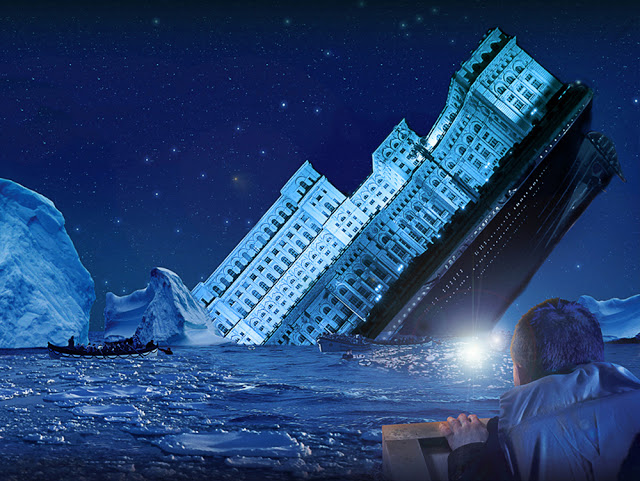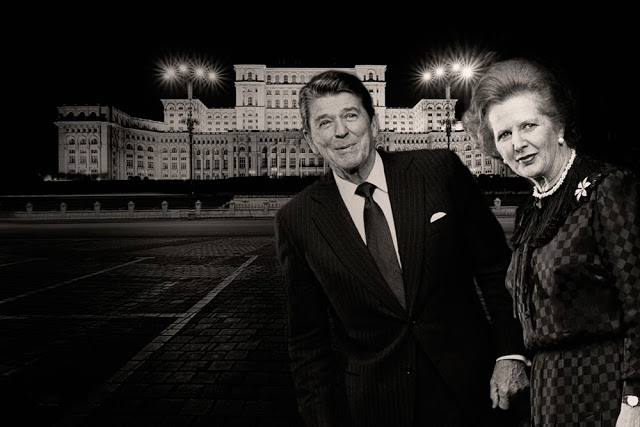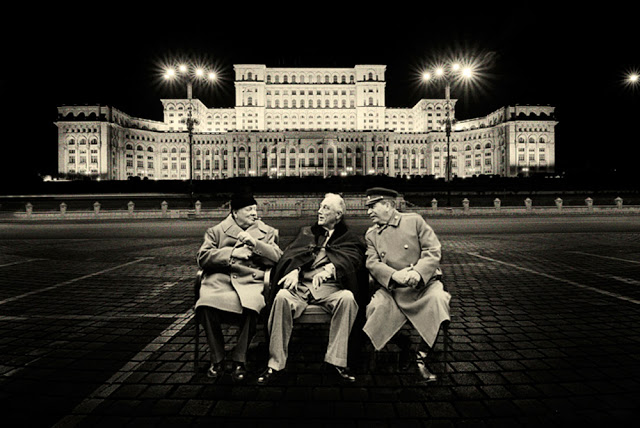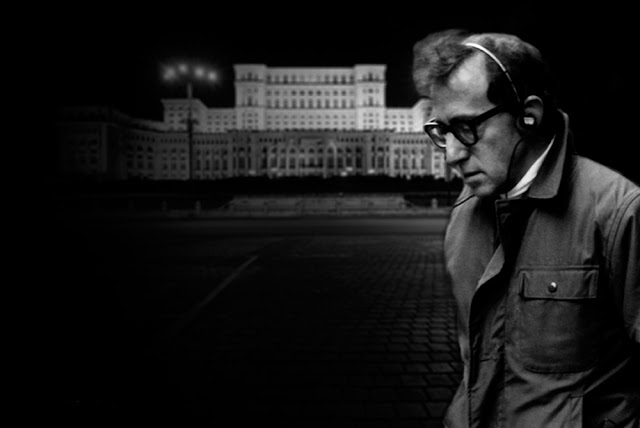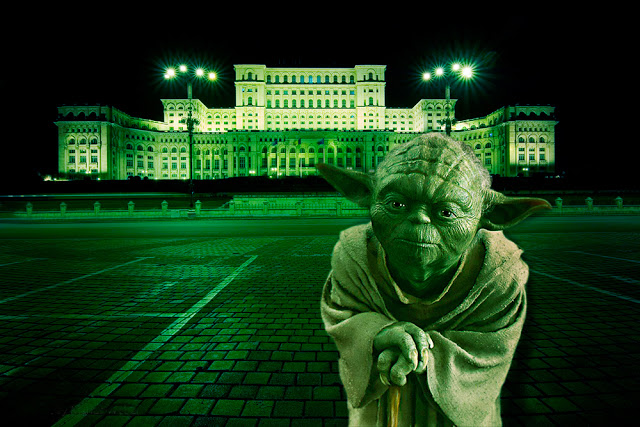Romania Week: Marius Weber
For one to understand this project more, one needs to understand the significance, or insignificance, of the “People’s Palace” in Bucharest. It is the SECOND largest building in the world (first is the Pentagon), has 1,100 palatial rooms, and is 12 stories tall. Romania’s former dictator, Ceausescu, began the construction in 1983, demolishing entire neighborhoods and evicting families with only days notice. In order to finance this mega-project, food was rationed (because food was also being exported), power cuts enforced, and 40% of the GDP went toward construction. This Stalinist symbolic building, inspired by Kim Jong Il, was not finished in its entirety for him to see because in 1989, the people revolted and he and his wife were executed.
An open surrealism, with no authorial background voice, that comes to free from its own memory – by deliberately abusing it – a fictional reality that mixes together past, present and future, sharpening them, however not quashing them.
“Be realistic, ask for the impossible” may as well be the contemporary man’s motto, a man lost in his archive of representations.
Adina Arvanitopol, Art Historian
Posts on Lenscratch may not be reproduced without the permission of the Lenscratch staff and the photographer.
Recommended
-
Salua Ares: Absense as FormNovember 29th, 2025
-
Ricardo Miguel Hernández: When the memory turns to dust and Beyond PainNovember 28th, 2025
-
Pamela Landau Connolly: Columbus DriveNovember 26th, 2025
-
KELIY ANDERSON-STALEY: Wilderness No longer at the Edge of ThingsNovember 19th, 2025
-
Jackie Mulder: Thought TrailsNovember 18th, 2025


